Bratach na hÉireann – or more frequently referred to in Ireland as an trídhathach (“the tricolor”) – is the national flag of Ireland.
Similar to the flag of France, which is also called “the Tricolor,” the Irish national flag features three vertical bands in three different colors.
Things you'll find in this article
National Flag of Ireland: History and Symbolism
In Article 7 of the Constitution of Ireland, it is stated that the national flag “is the tricolour of green, white and orange.” They should be vertical and equal in size, with the green on the hoist side and white in the middle.
These colors make the Irish Tricolor an easily recognizable ensign.
However, you should not confuse the Irish flag with the flag of Ivory Coast. Just remember, the Ivorian flag has the orange band on the hoist side.
History of Irish Flag
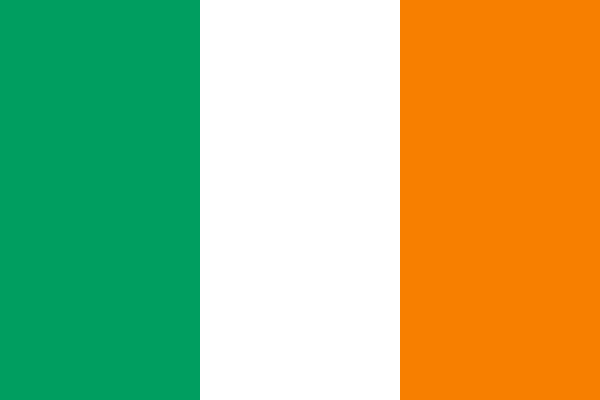
The Irish Tricolor Flag
The Irish Tricolor has been Ireland’s official flag since it became a free nation in 1921.
It was officially adopted by the Irish Republic during the War of Independence with England two years prior. It symbolized the country’s fight for independence.
During the Easter Rising in 1916, the three-colored flag was flown in Dublin as a symbol of defiance and Irish unity. It was then that an trídhathach first came to be regarded as the Irish national flag.
However, this flag was actually flown publicly for the first time in 1848 by a leader of the Young Irelanders, Thomas Francis Meagher. It took place in Waterford, the country’s oldest city.
Shortly before it was first flown, the Irish Tricolor was presented as a gift from a group of French women who sympathized with Ireland’s cause.
This is said to be the reason why the Irish flag’s tricolor design has such a distinct resemblance to the French national flag.
The Irish Tricolor has been recognized and used by nationalists on both sides of the Irish border as the national flag of the whole island of Ireland since 1916.
Today it is still flown by Northern Irish nationalists.
Official Flags of Ireland
1. The Banner of the Lordship of Ireland
Used from 1386 to 1541, the heraldic banner of the Lordship of Ireland has a blue background with a white border and features three golden crowns in vertical order.
The “triple crown” motif is associated with St. Edmund, one of England’s patron saints.
2. The Blue Harp Flag
This flag, officially called the “Standard of the Kingdom of Ireland,” was used from 1542 to 1801.
It features a silver-stringed gold harp on a blue background. This particular shade of blue was known as “St. Patrick’s Blue.”
After its official use was over, the Blue Harp Flag became incorporated in the lower left quadrant of the Royal Standard of the United Kingdom.
3. Flag of the Lord Lieutenant of Ireland
Basically the flag of the United Kingdom with the Irish coat of arms in the center, Flag of the Lord Lieutenant of Ireland was officially used in 1821 until the abolishment of the office of the Lord Lieutenant in 1922.
4. The Cross of St. Patrick
Also known as the Saint Patrick’s Saltire, the Cross of St. Patrick was named after St. Patrick, Ireland’s main patron saint.
It features a red diagonal cross (saltire) on a white background. It was used in 1783 to mark the legislative independence of the Kingdom of Ireland which lasted until 1801.
The diagonal cross represents “Ireland” in the Union Flag.
5. The Green Harp Flag
Comprising of a silver-stringed gold harp on a green background, the Green Harp Flag was an unofficial flag of Ireland during the 18th and 19th century.
It was first used by Owen Roe O’Neil and the Confederacy of Ireland in 1642.
The color of this flag came to be identified with Ireland at the time as green was the color of rebellion.
6. The Ulster Banner (Northern Ireland)
Also known as the “Red Hand Flag” or the “Ulster Flag,” the Ulster Banner features the coat of arms of Northern Ireland.
It comprises of a white background with a red cross on it, on the center of which is a crowned six-pointed star with a red hand.
The Ulster Banner was used by the Northern Irish Government in 1924 until the British government abolished the Parliament of Northern Ireland in 1972.
7. The Irish Tricolor Flag
The official flag of the Republic of Ireland since 1922, the Irish Tricolor has three equal vertical bands of green, white, and orange.
Its status as the national flag was officially confirmed by the new Constitution of Ireland in 1937.
The three-colored Irish national flag is always flown with the green band at the hoist.
Meaning and Significance of the Irish Flag Colors
The colors of the Irish flag are meant to signify the following:
- Green represents the Roman Catholics and is also used as the color of the nonsectarian Friendly Brothers of St. Patrick
- White denotes a lasting truce between Protestants and Catholics in Ireland
- Orange stands for the minority Protestants who were supporters of William III, also widely known as William of Orange
The Irish Tricolor represents peace between Nationalists and Unionists. In this sense, the three colors symbolize the following:
- Green – Nationalism
- White – Peace
- Orange – Unionism
Interesting Facts About the Irish Flag
1. The Irish Tricolor occasionally differs in shades of yellow or gold instead of orange. This “misrepresentation,” which can be seen at some civilian functions, is discouraged by the Irish government.
2. By using poetic license, the three colors of the Irish national flag are sometimes mentioned as “green, white and gold” in songs and poems.
3. There is a rule that says a frayed or worn-out Irish national flag is not fit for display in a respectful manner, therefore, it should be replaced.
4. The Irish national flag is flown on Saint Patrick’s Day, as well as Easter Sunday and Easter Monday to commemorate the 1916 Easter Rising.
5. The flag of Ivory Coast has a similar color scheme to the Irish Tricolor. However, the Ivorian flag has the orange on the hoist side and is shorter in proportion than the national flag of Ireland.
6. When the Ivorian sprinter Murielle Ahouré won the 2018 world indoor 60-metre dash in Birmingham, England, she celebrated her victory for her country by borrowing an Irish flag from a spectator and reversing it.
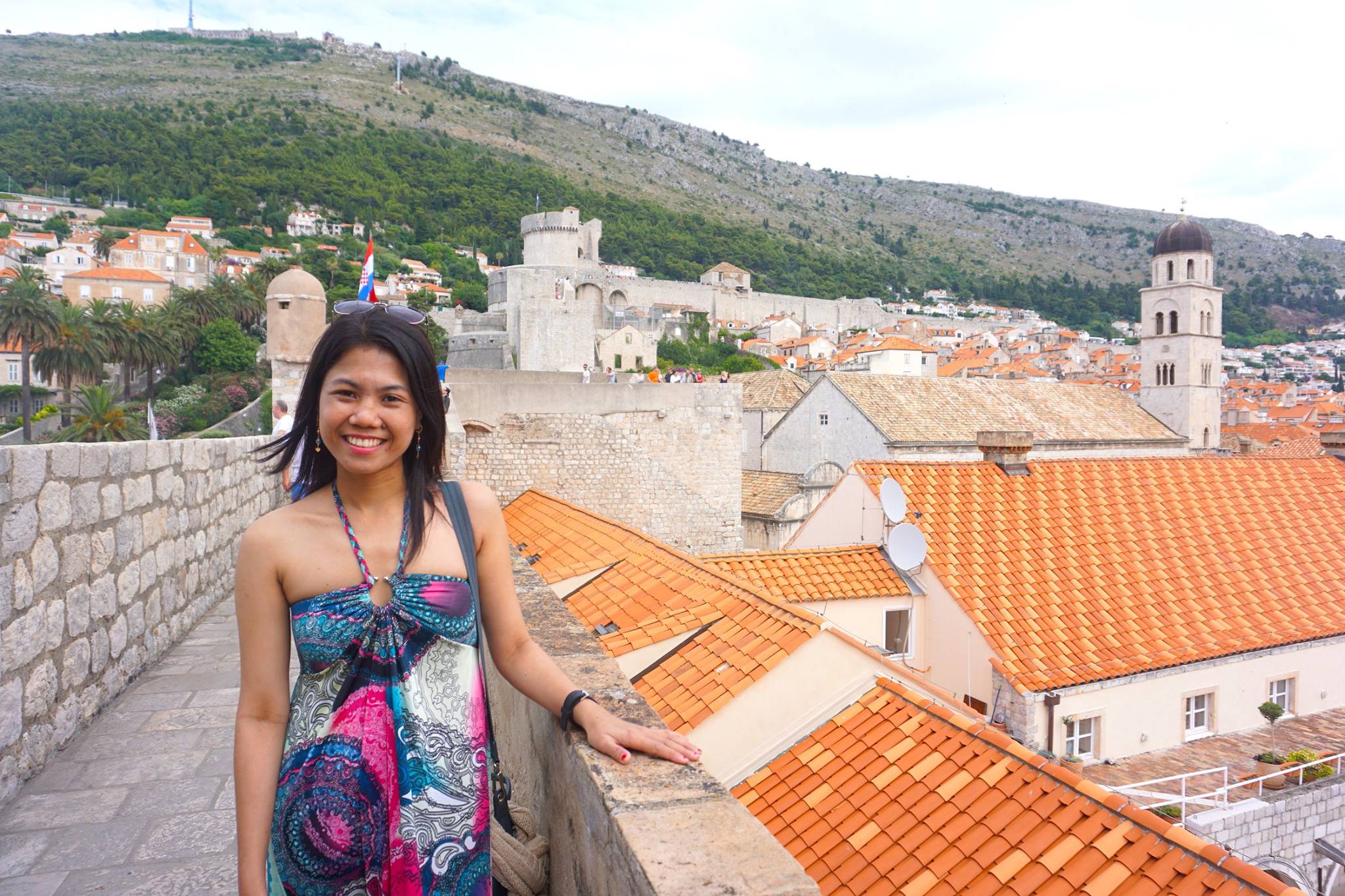
Hi, I’m Christine – a full-time traveler and career woman. Although I’m from the Philippines, my location independent career took me to over 60 countries for the past 12 years. I also lived in 4 continents – from the Caribbean, South East Asia, Africa and now in Europe. But despite living in several countries, my love for Ireland remains the same. A country that had been a part of my life since I was 14 because of my love for Irish music and bands. Ireland Travel Guides was born because of this passion and hopefully, in some little ways, this website will be able to help you on your next trip to Ireland.
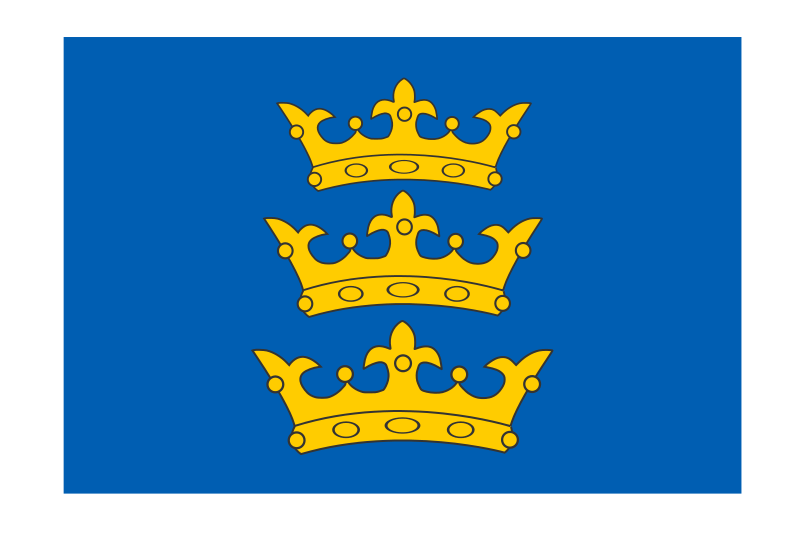
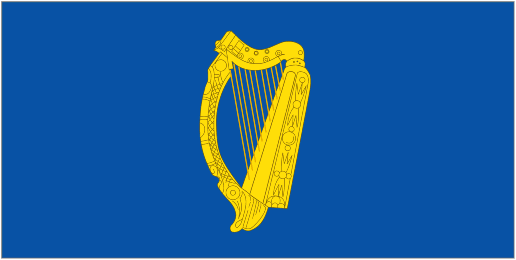
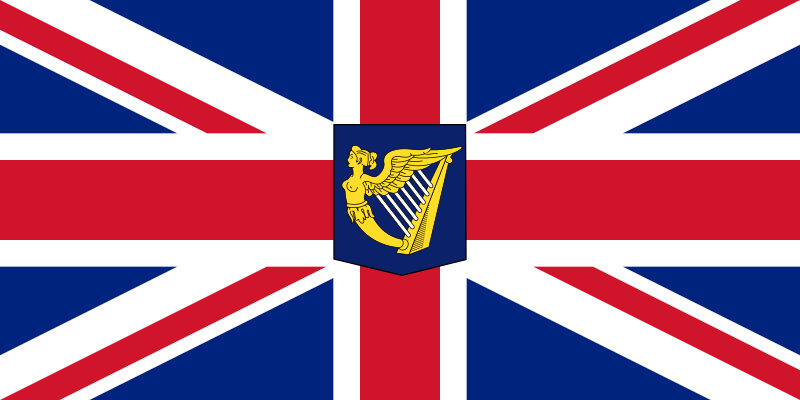
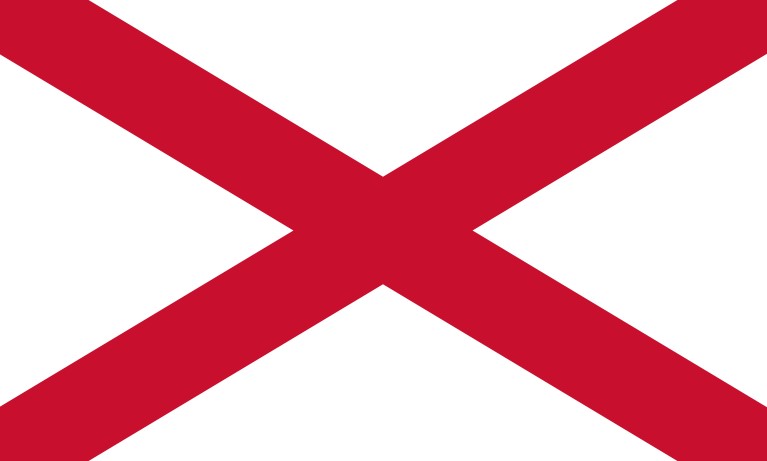


St. Patrick’s Day: History and Trivia - Ireland Travel Guides
Saturday 7th of August 2021
[…] from the English crown. Green is the color worm by Irish emigrants in America, along with the Irish flag, to show their pride for their native […]
10 Cheeky St. Patrick’s Day Shirts For Women - Ireland Travel Guides
Saturday 7th of August 2021
[…] Available in various colors and sizes for men and women, the shirt also features a shamrock with the colors of the Irish flag. […]